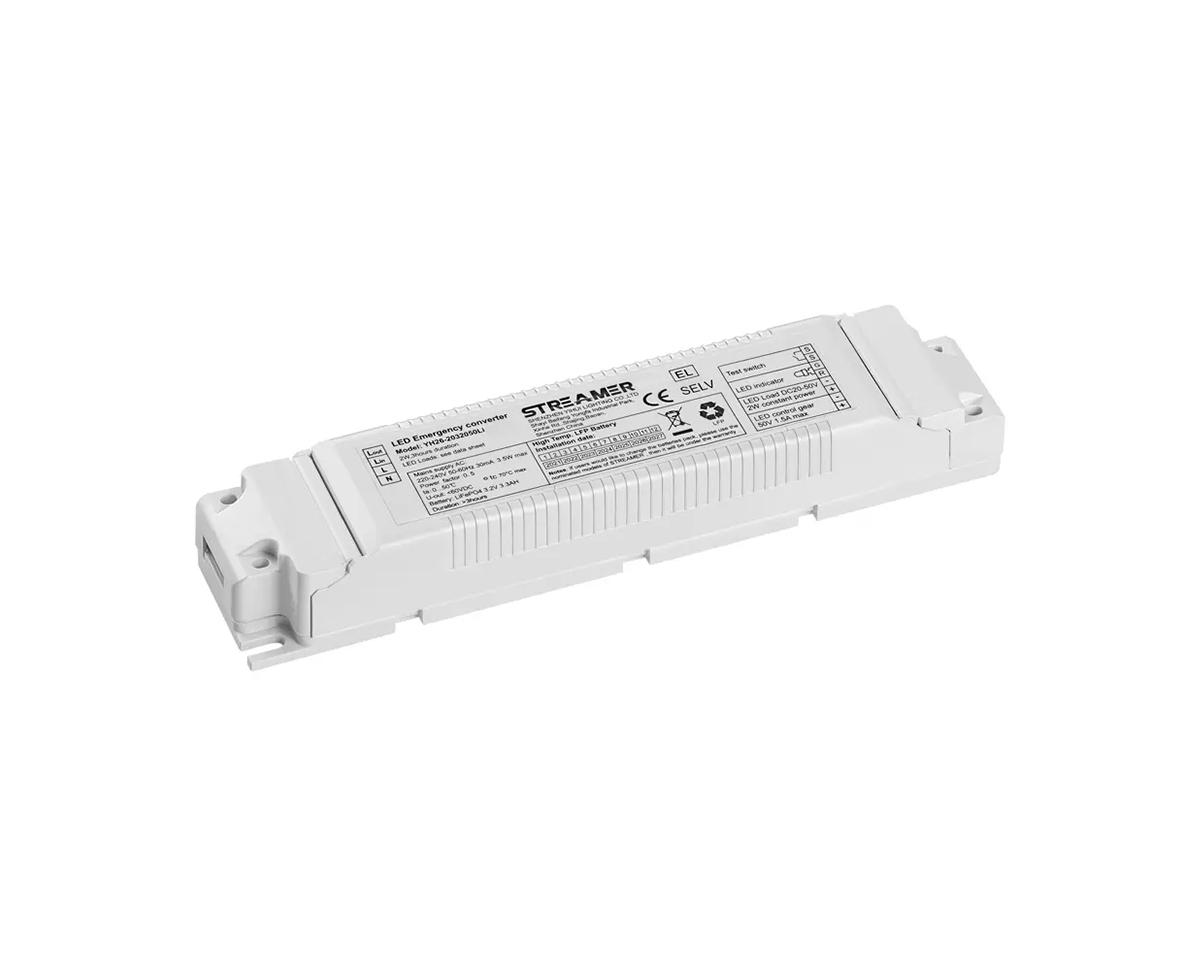 1
1
 Mar 03, 2025
Mar 03, 2025

To ensure that an LED emergency power supply remains dry at all times, several preventive measures can be taken. First, store the power supply in a dry location. Avoid areas with high humidity, such as basements, bathrooms, or near water sources. If the power supply is installed in a building, choose a location that is well - ventilated and has a controlled humidity level. For example, in a commercial building, placing the LED emergency power supply in an equipment room with proper air - conditioning and dehumidification systems can help maintain a dry environment.
When installing the power supply, use a waterproof or moisture - resistant enclosure. These enclosures are designed to keep out water and moisture, providing an extra layer of protection. Make sure that the enclosure is properly sealed and that all access points, such as cable entry points, are tightly closed. Some enclosures come with gaskets or seals that prevent water from seeping in.
Regular maintenance also plays a crucial role in keeping the LED emergency power supply dry. Inspect the power supply and its enclosure periodically for any signs of water ingress, such as water stains, rust, or corrosion. If any issues are detected, address them immediately. For example, if a seal around an enclosure is damaged, replace it promptly to prevent moisture from getting in.
In addition, consider using a desiccant inside the enclosure. As mentioned earlier, silica gel packets can be placed inside the power supply enclosure. They continuously absorb moisture, helping to maintain a dry environment within the enclosure. Replace the desiccant regularly, especially if the power supply is in an area with relatively high humidity. By following these steps, the LED emergency power supply can be kept dry, ensuring its reliable operation during emergency situations.